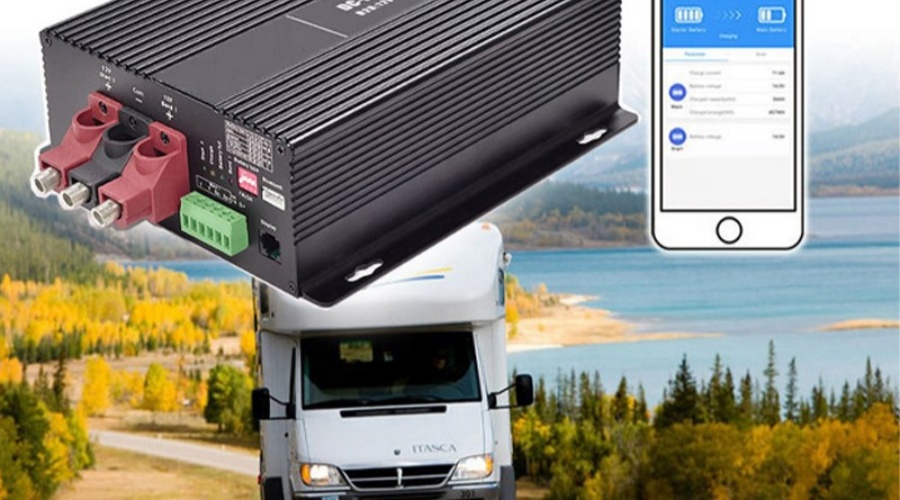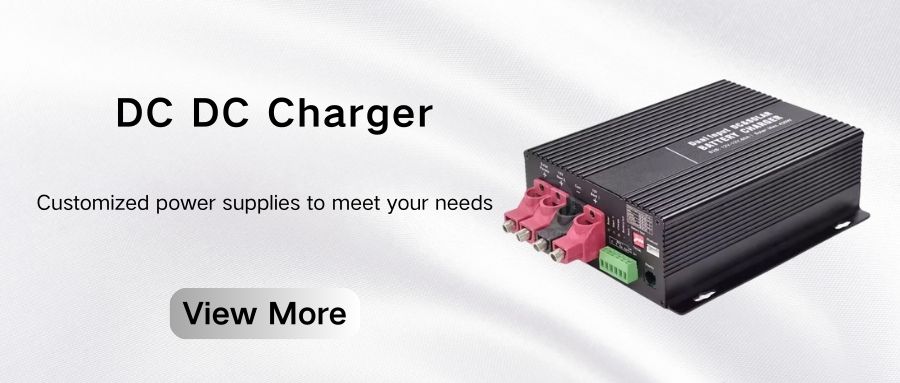Lithium battery chargers and lead-acid chargers are two different types of chargers. They have different working principles and characteristics, so they cannot be universal. The following will introduce the differences between lithium battery chargers and lead-acid chargers in detail, in detail, and in detail from three aspects to help readers better understand the differences between them.
Different working principles
The working principles of lithium batteries and lead-acid batteries are different. Lithium batteries store and release electrical energy by the migration of lithium ions between the positive and negative electrodes. Lead-acid batteries store and release electrical energy by the chemical reaction between lead and lead acid. Since the chemical reaction mechanisms of the two batteries are very different, their charging requirements are also different.
Lithium battery chargers will adjust the current and voltage according to the different characteristics of lithium batteries to ensure safety and efficiency during the charging process. Lead-acid battery chargers will charge the current at a set value continuously through constant current. Therefore, due to the difference in their working principles, lithium battery chargers and lead-acid chargers have great differences in adjusting current and voltage, so they cannot be universal.

Difference in characteristics
Lithium batteries and lead-acid batteries have different characteristics. Lithium batteries have the advantages of high energy density, long life, lightness and portability, so they are widely used in mobile phones, electric vehicles and other fields. Lead-acid batteries have the characteristics of low cost and high reliability, and are often used in applications such as automobiles and UPS power supplies.
Due to the different characteristics of the batteries, there are also great differences in the design of chargers for lithium batteries and lead-acid batteries. For example, lithium battery chargers need to have the characteristics of precise control of lithium ions to ensure the charging safety and life of the battery. The charger of the lead-acid battery needs to have a large current output capability to shorten the charging time. Therefore, the difference in characteristics is also one of the reasons why lithium battery chargers and lead-acid chargers cannot be universal.
Connection method
Lithium battery chargers and lead-acid chargers have different connection methods. Generally speaking, lithium battery chargers use DC connection, while lead-acid battery chargers can use AC connection. Due to the different connection methods of the chargers, they also require different interface and plug designs. For example, lithium battery chargers are usually connected using USB interfaces or interfaces of specific batteries, while lead-acid chargers are often connected using cables with pliers. Therefore, even in terms of connection methods, lithium battery chargers and lead-acid chargers cannot be universal.
In summary, lithium battery chargers and lead-acid chargers are not universal due to their different working principles, characteristics and connection methods. For different types of batteries, we need to choose the corresponding charger to charge to ensure the safety and effect of charging.






